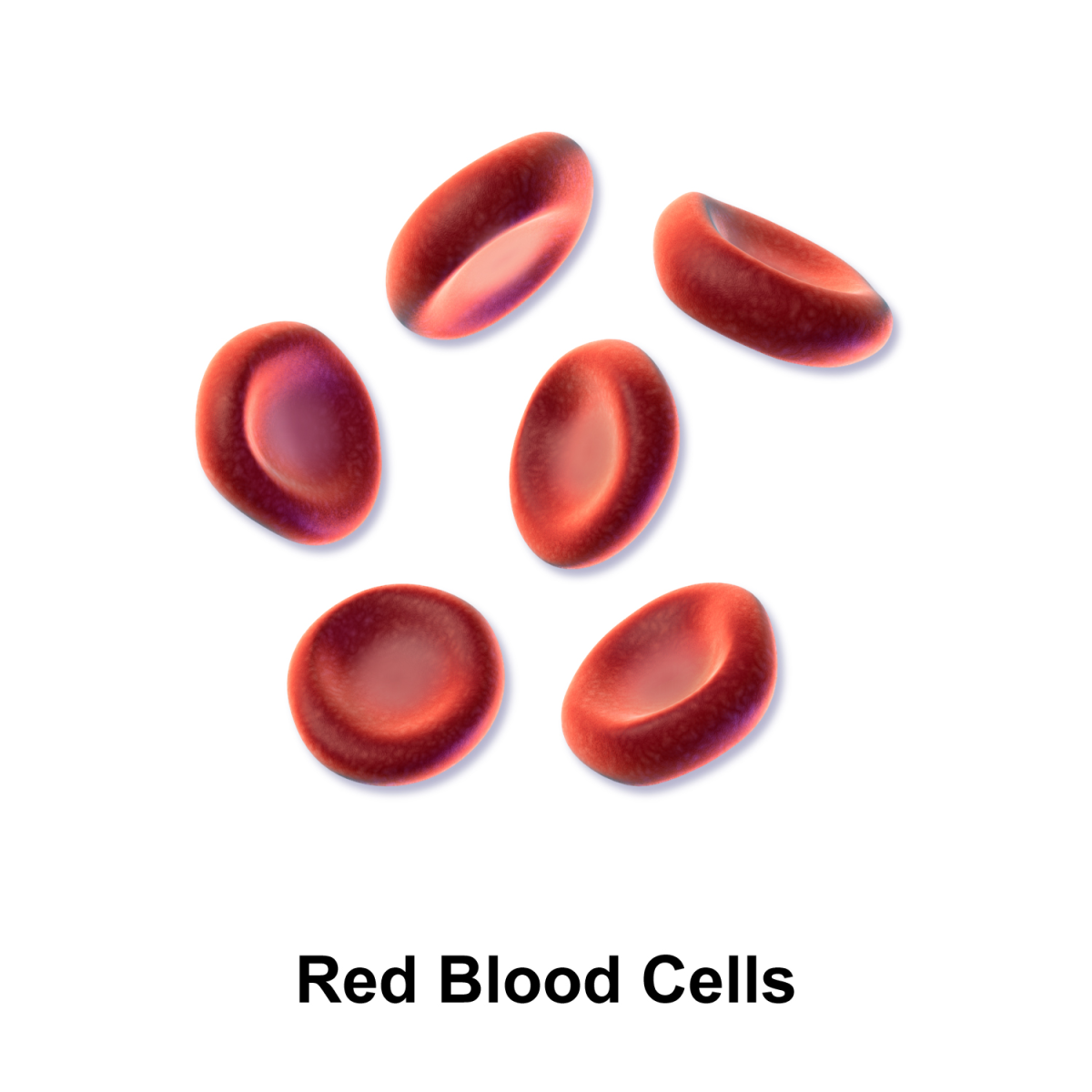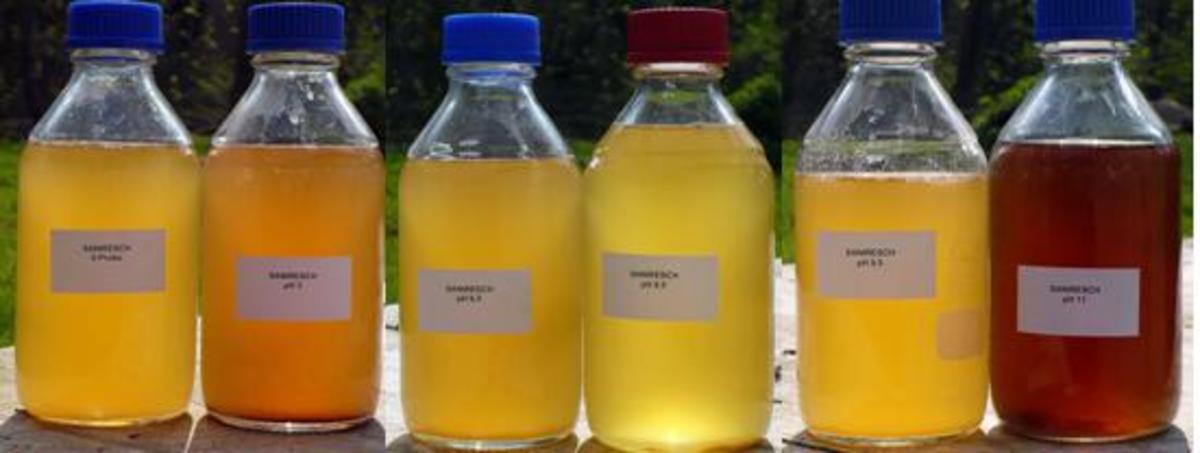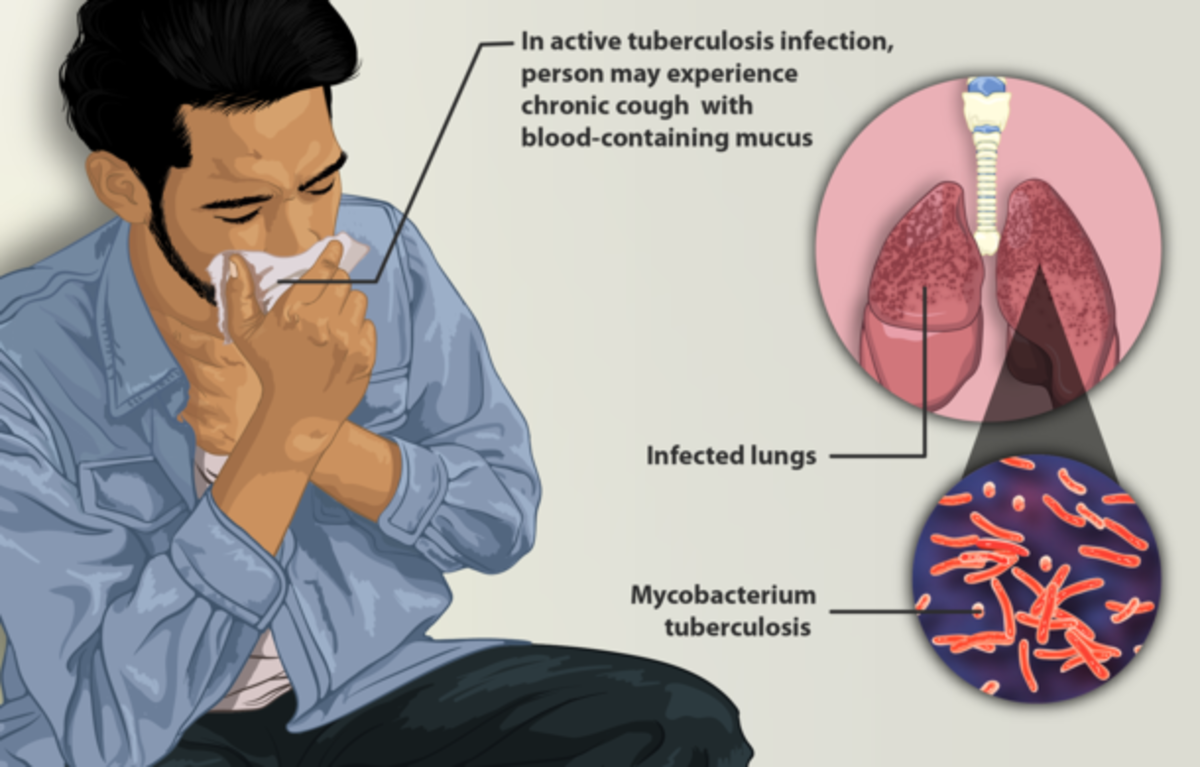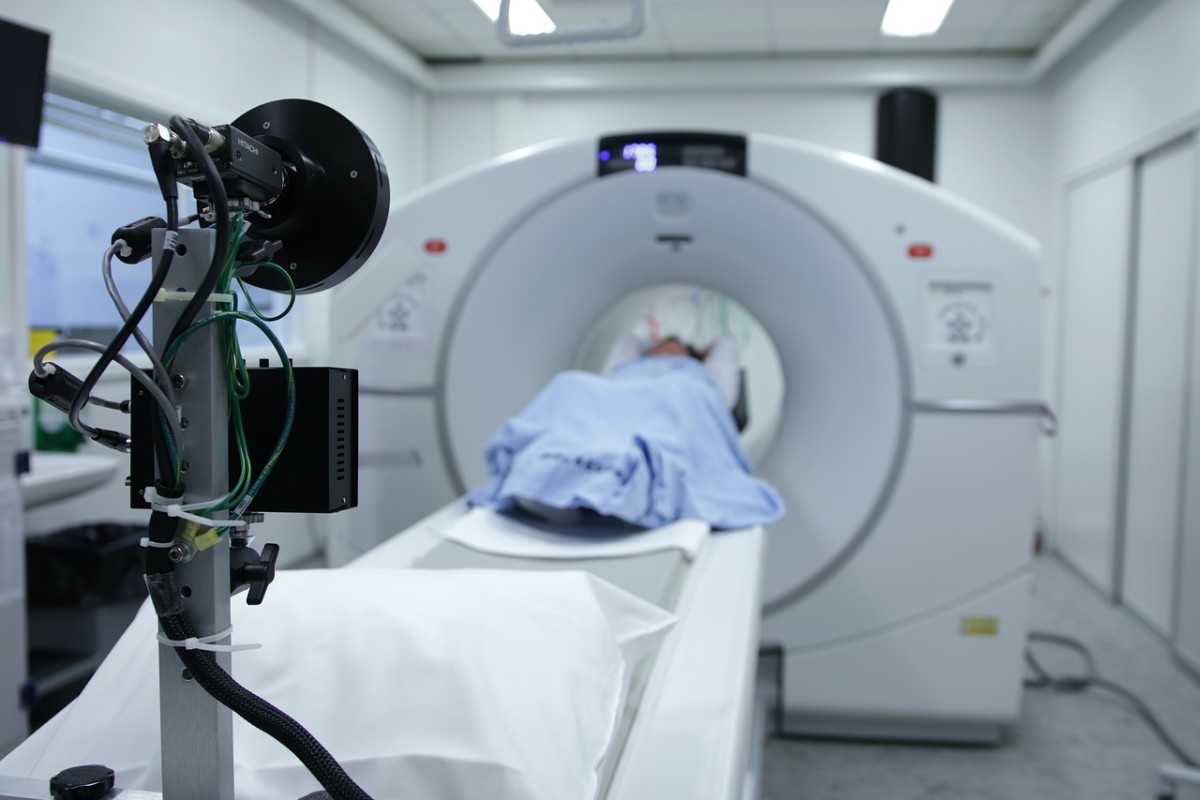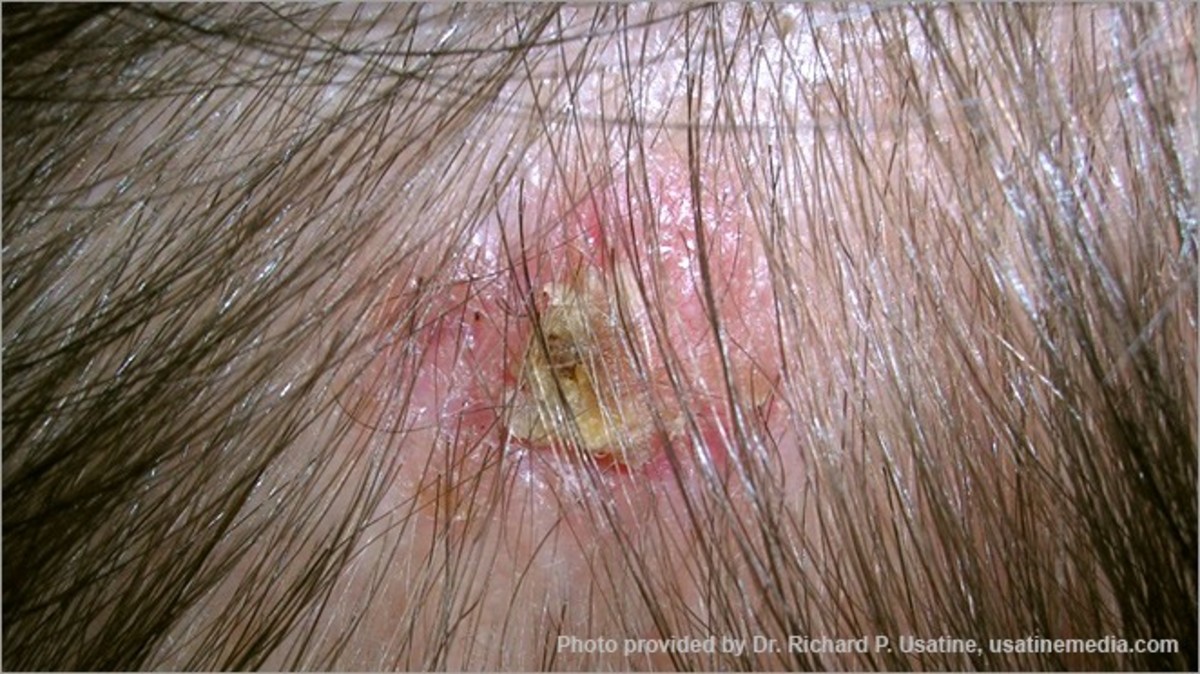Leukemia in Children

Leukemia Statistics
Leukemia is a disease that is more widespread in children. It is the cancerous growth of white blood cells in blood. White people or Caucasians are more vulnerable to this disease than African-Americans. More cases are reported among men than in women. Statistics shows that more than 50000 people are affected by different types of leukemia in United States in this year itself and the death toll is nearly 25000.
What Happens – Leukemia Facts
Leukemia is caused by the abnormal growth of white blood cells in bone marrow. Function of the white blood cells in the body is to fight against the infections. But most of these newly emerged white blood cells are immature and do not function properly. Overcrowding of this white blood cells interfere with the functions of other vital organs.
Bone marrow is composed of stem cells (white blood cells, red blood cells and platelets) and when you have leukemia, abnormal growth of white blood cells will occur and these build up in lymph nodes, liver and spleen. Unnecessary and abnormal growth of these white blood cells interferes in the functions of the normal red blood cells. It will affect the production of the healthy red blood cells which are important to carry out the supply of oxygen to the different parts of the body.
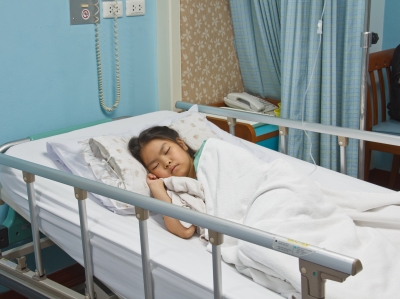
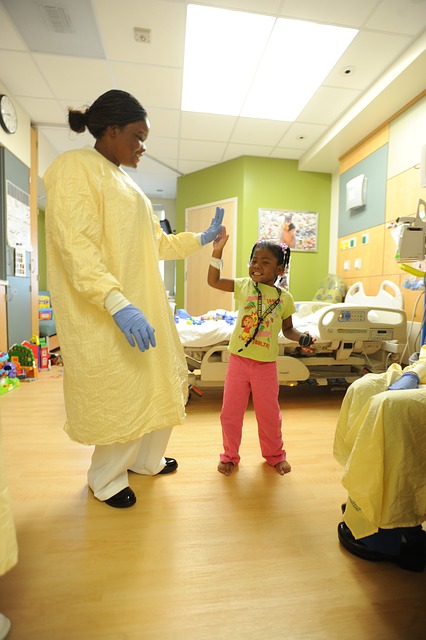
Leukemia Causes or Risk Factors
Doctors or medical researchers are not able to specify any meticulous reasons for the attack of leukemia. However certain conditions are stipulated by them which may be the reasons for the cause of the disease; but many exceptional cases are also reported without the symptoms of any of these conditions. The conditions that are put forward which may be the reasons for the cause of leukemia are:
- Inheritance of immunity problem
- Exposure to higher levels of radiation (chemotherapy) or chemicals such as benzene
- In the case of identical twins, if one of them is affected by Leukemia, there is a chance for the other sibling also to be affected
- Organ transplant
- Down syndrome
- Infection with a virus known as HTLV-1
- Having a gene change called the Philadelphia chromosome
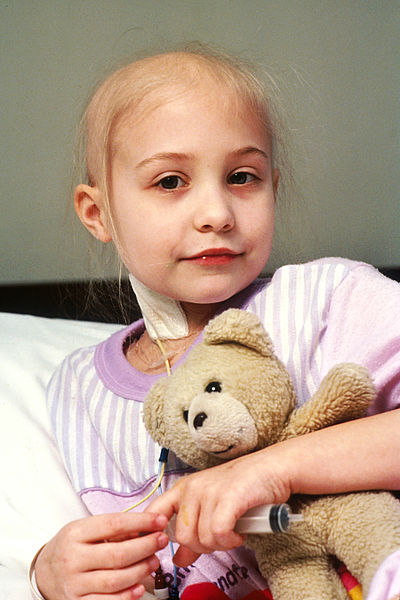
Types of Leukemia in Children
Following are the different types of leukemia that are affecting children:
- Acute lymphoblastic Leukemia (ALL): This is the most common type of leukemia and it is also known as acute lymphocytic leukemia.
- Acute Myelogenous Leukemia (AML): This type is also very common.
- Chronic Myelogenous Leukemia (CML): This is a rare type of leukemia in children.
- Chronic Lymphocytic Leukemia (CLL): This is also not very common.
- Juvenile Myelomonocytic Leukemia (JMML): This type of leukemia is often affecting children under age four and this is a very rare type also.
- Hybrid Lineage Leukemia: This is rarely affecting and this will contain the features of both ALL and AML

Leukemia Symptoms in Children
Symptoms of this disease are based on the development of the cancerous growth in the body. Leukemia symptoms may include:
- Fatigue and weakness
- Infections and fever
- Pale skin
- Shortness of breath and cough
- Rashes
- Vomiting
- Swelling in the abdomen, face arms etc.
- Loss of appetite
- Loss of weight
- Joint pain
- Gum problems
- Abnormal vision, seizures, headaches etc.
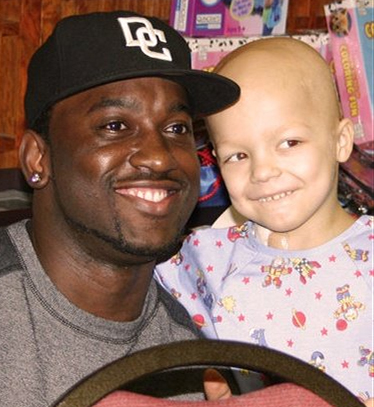
Leukemia Diagnosis
Diagnosis of leukemia is carried out by knowing the medical history of the child and by doing different tests.
- Blood tests will be done to know about the number of blood cells and a bone marrow test will be done by taking a biopsy from the pelvic bone.
- A thorough physical examination will be done to find out any enlarged lymph nodes in the child’s neck, underarm or groin.
- Checking will be also done for an enlarged liver or spleen.
- A spinal tap test (lumbar puncture) will be done to check for spread of leukemia cells.
Some of these tests will be repeated for more than once till the confirmation attains. If the result is positive, finding out the exact type of leukemia is also important to give the precise treatment.
Chronic lymphocytic leukemia (CLL) can be detected from the blood tests itself. But to find about the other types of leukemia, some other tests are also should be done and these tests are:
- Cytogenetic Analysis (looking for certain changes in the chromosomes)
- Immunophenotyping (comparing cancer cells to normal blood cells)
- Reverse Transcription-Polymerase Chain Reaction test (looking for certain type of genes)
In addition to the above tests, some doctors will also suggest to do chest X-rays, CT scan, MRI of the brain and a biopsy of the lymph node etc. for deciding the right type of treatment.
Chemotherapy in Children
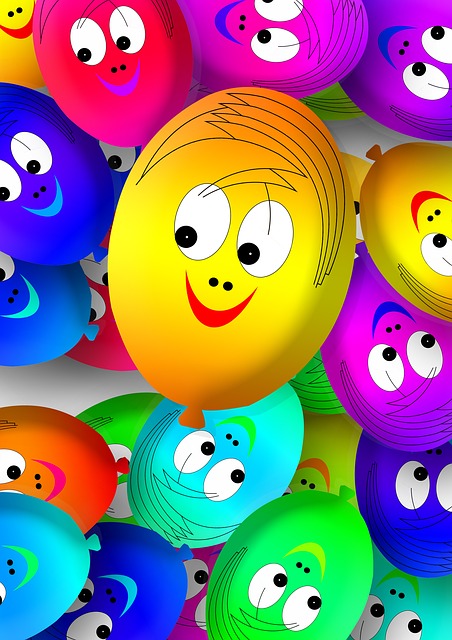
Leukemia Childhood Treatment
Treatment is based on the type of leukemia. Pediatric oncologist will adopt the right type of treatment method after analyzing the severity of the symptoms:
- Antibiotics, blood transfusions etc. are used to overcome the infection.
- Chemotherapy is the main treatment used in child leukemia. Anti cancer drugs will be administered orally or through a vein or through the spinal cord. This treatment will be continued for a period of two or three years to check the return of the disease.
- Radiation therapy is also used in some cases. It will help to prevent the spreading of the cancer to the other parts of the body.
- Targeted use of chemotherapy is found effective in some cases and this will have less severe side effects.
- Stem cell transplant is another option in the treatment of leukemia in children.
- Surgery option is rarely used in the treatment of leukemia.
The aim of the treatment is the destruction of the leukemia cells in the bone marrow. Treatment is based on the type of the disease. Survival rates of leukemia in children are also varying as per the type of the disease. A patient is believed to be cured, if the symptoms of leukemia do not come back again for the next five years after the treatment.




